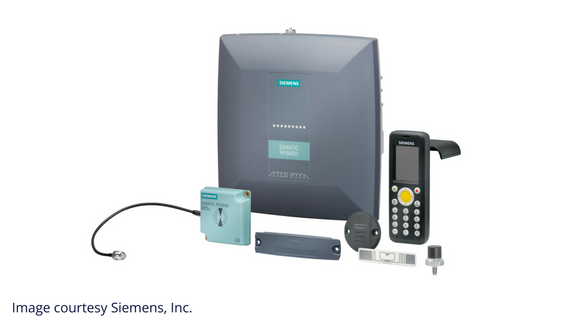
3 Considerations for Smooth Implementation of UHF RFID
This is a chapter in our eBook, Your Guide to Implementing UHF RFID and it was written by Ian Mogab, Controls Engineer.
Implementing a UHF RFID project can bring huge improvements to your process, but it requires careful planning and execution. At Patti Engineering, we have experience implementing UHF RFID systems and have learned a few lessons that are helpful when planning, installing and commissioning an RFID system.
The most important thing that should be done when installing UHF antennas is a site survey. A comprehensive site survey will help identify any potential problems upfront, such as interference, wave reflections, or read range issues. If your UHF system is reading at long ranges and high powers, the chances of running into these issues multiply. We highly recommend placing temporary antennas at several worst-case-scenario locations to determine if there are any possible issues.
Selecting a UHF tag and antenna combo must also be considered. Different tags have varying read distances based on the antenna that they are paired with, and each pair will have different characteristics. Picking the correct combination of tag and antenna is critical to the success of a project. The tag and antenna manufacturer’s documentation can be used to determine which tag and antenna will work best for your application. Patti engineers are also experienced in choosing the correct components for any system and can assist in making the decision.
Correct tuning and filtering of the RFID reader is critical to system reliability. Using the Siemens RF600 web interface, read points can be easily tuned individually to optimize performance. Correct tuning will reduce bad reads, overshoots, reflections, and no-reads. Filtering is used to remove any false reads from extraneous tags that aren’t desired to be read. The combination of proper tuning and filter implementation will make for a reliable and error-free system.
While there are many nuances to a successful UHF RFID implementation, these are the most critical steps to get right.
Related categories: Asset Tracking Blog

